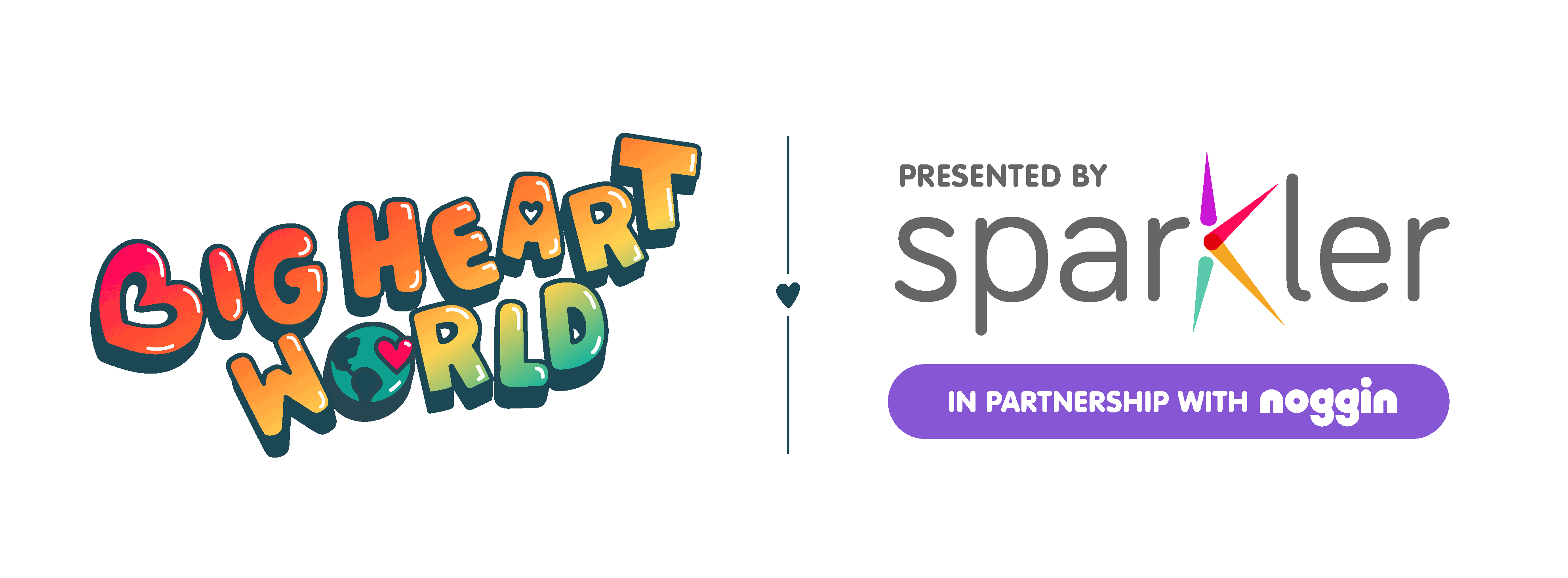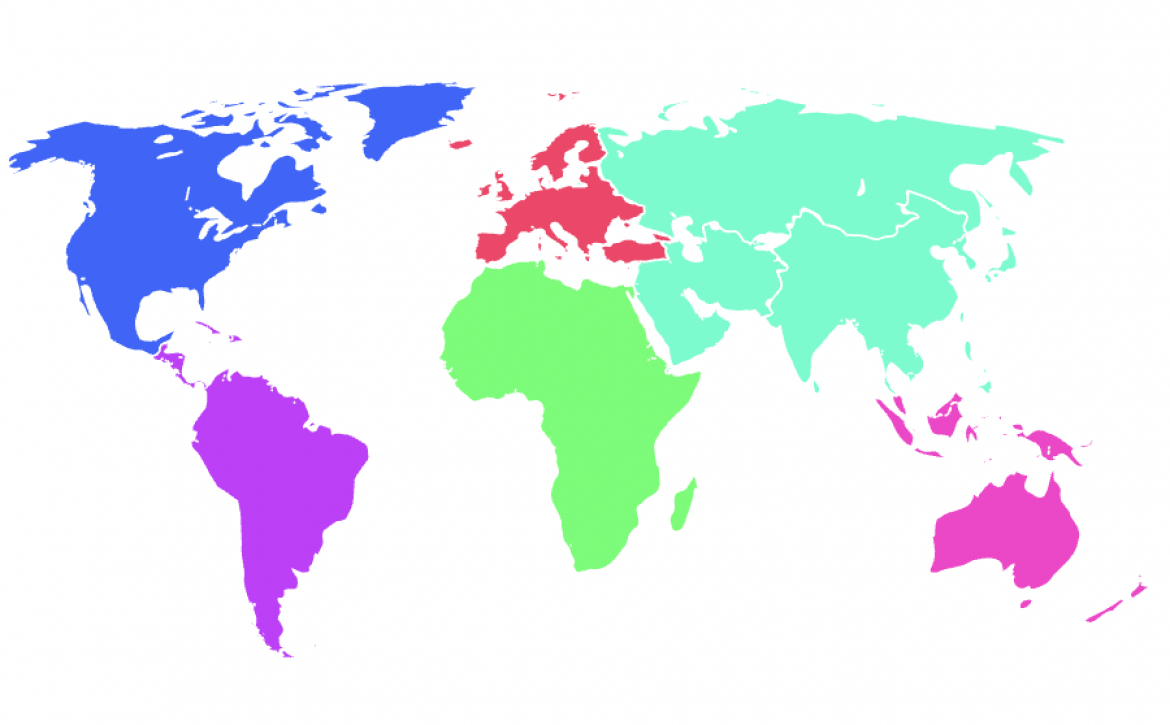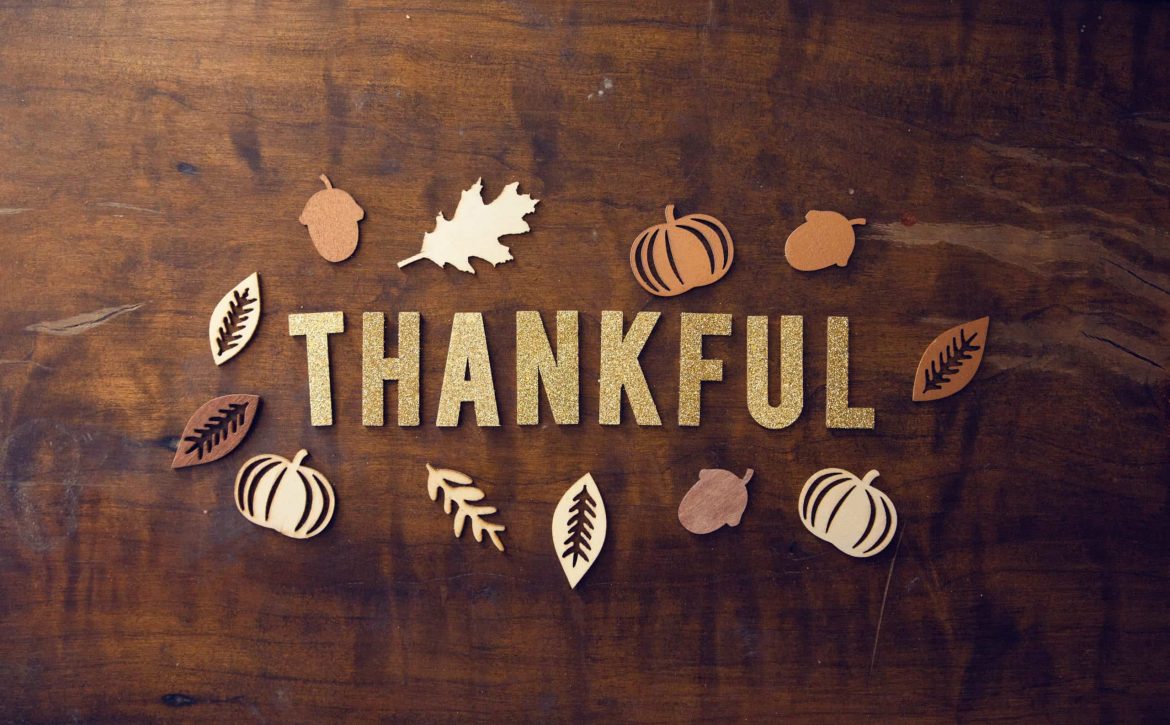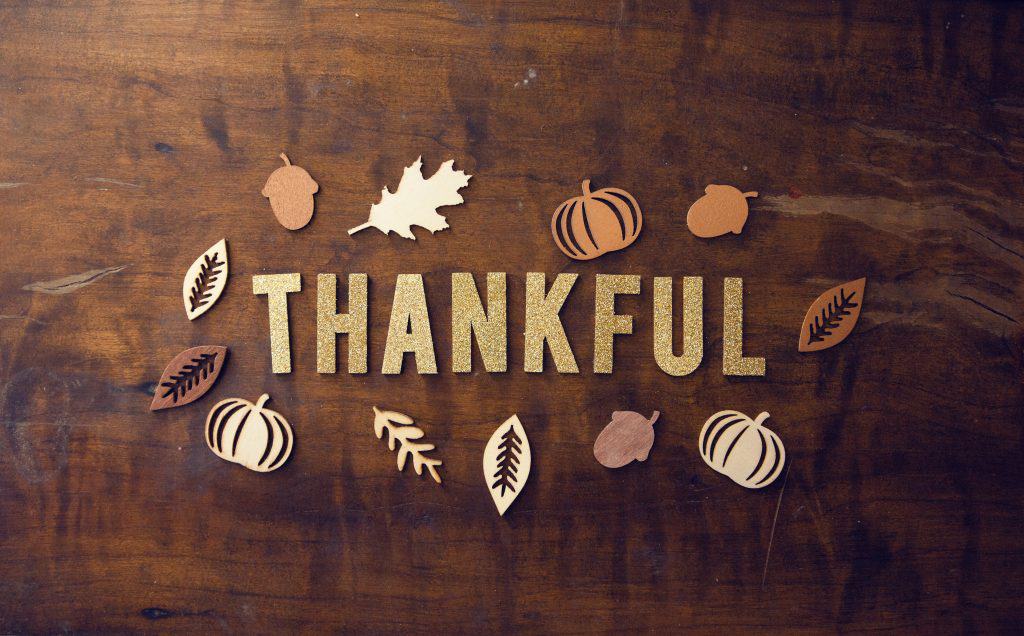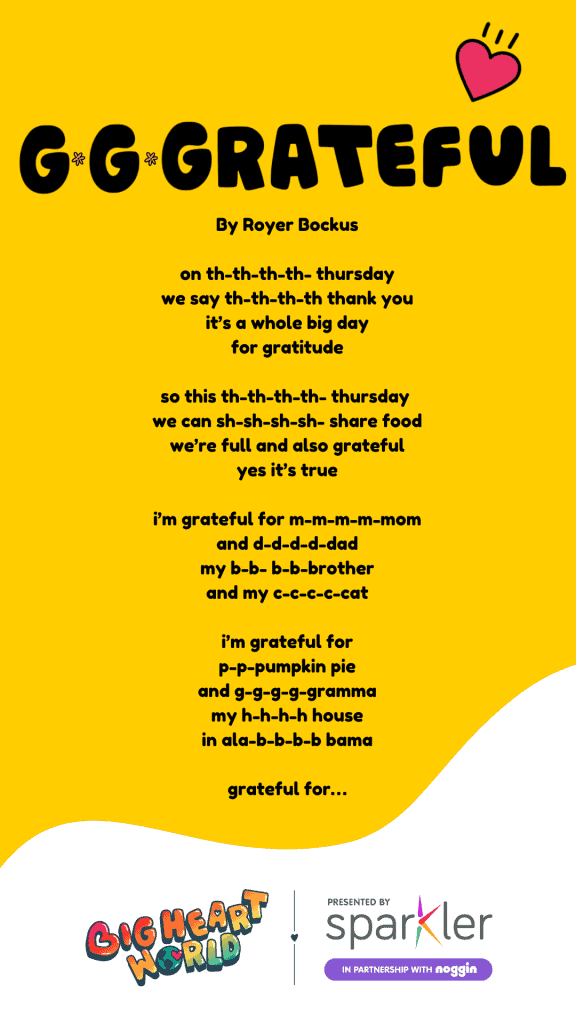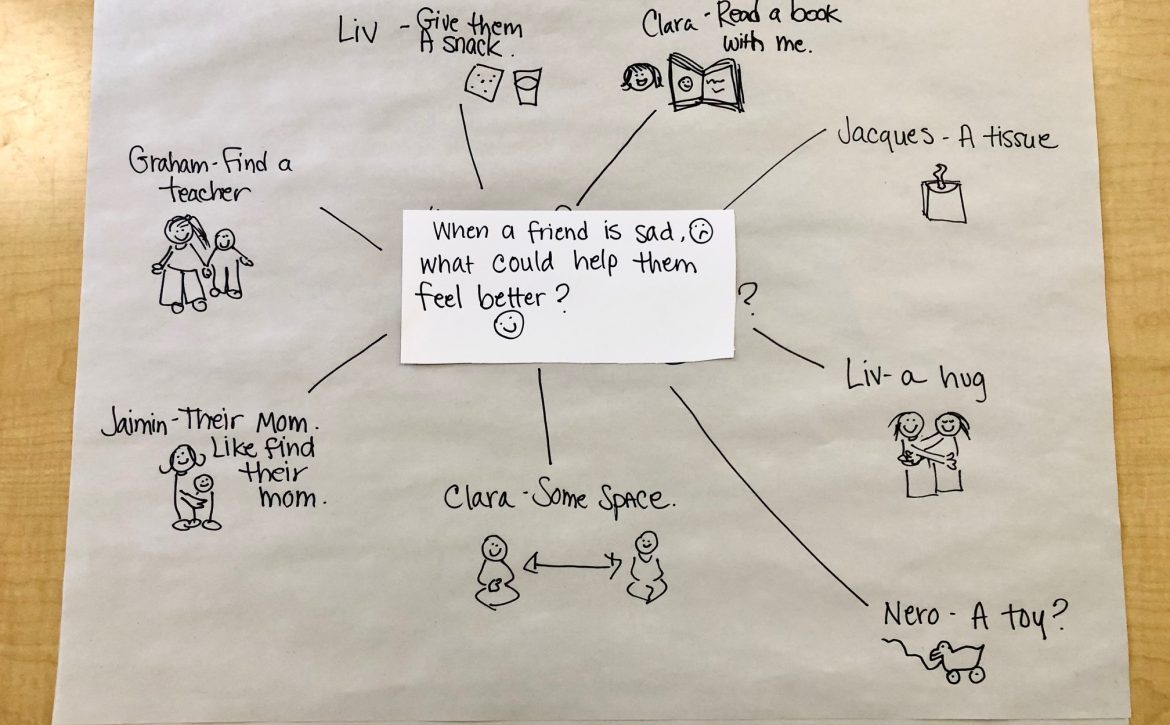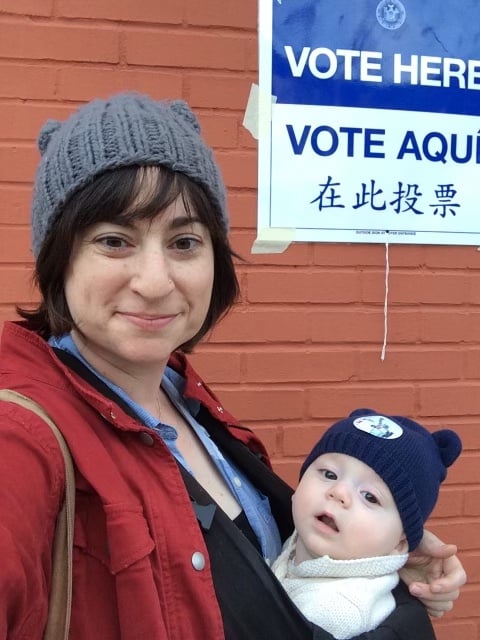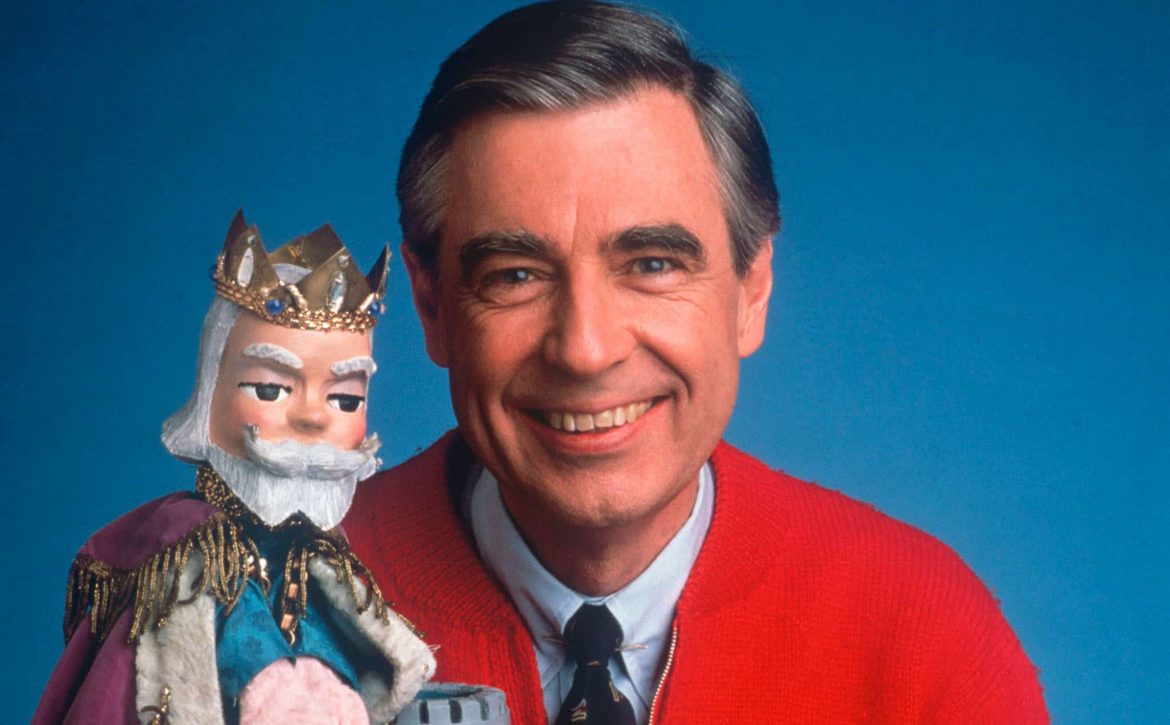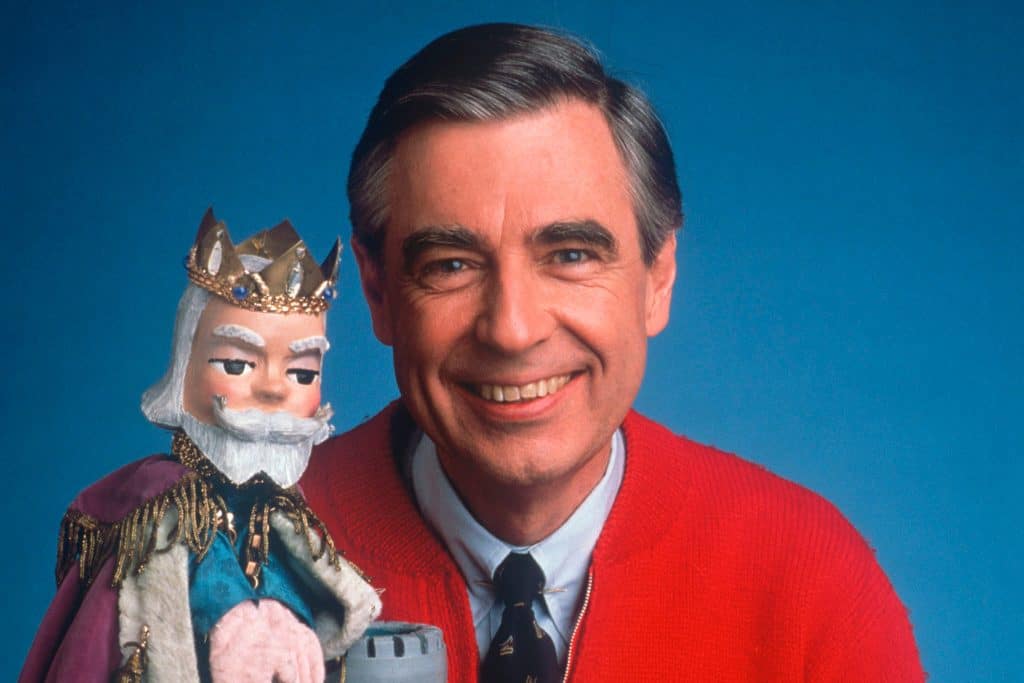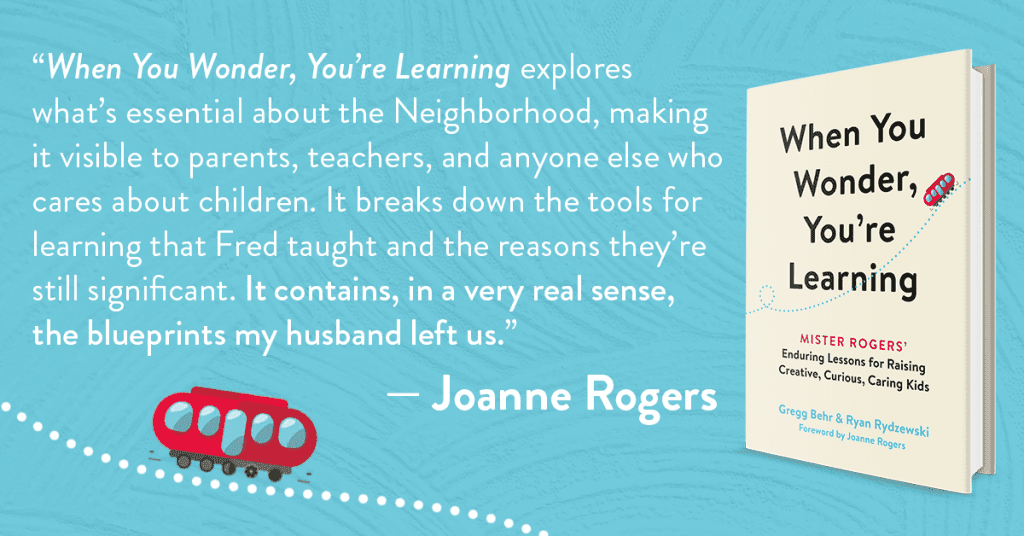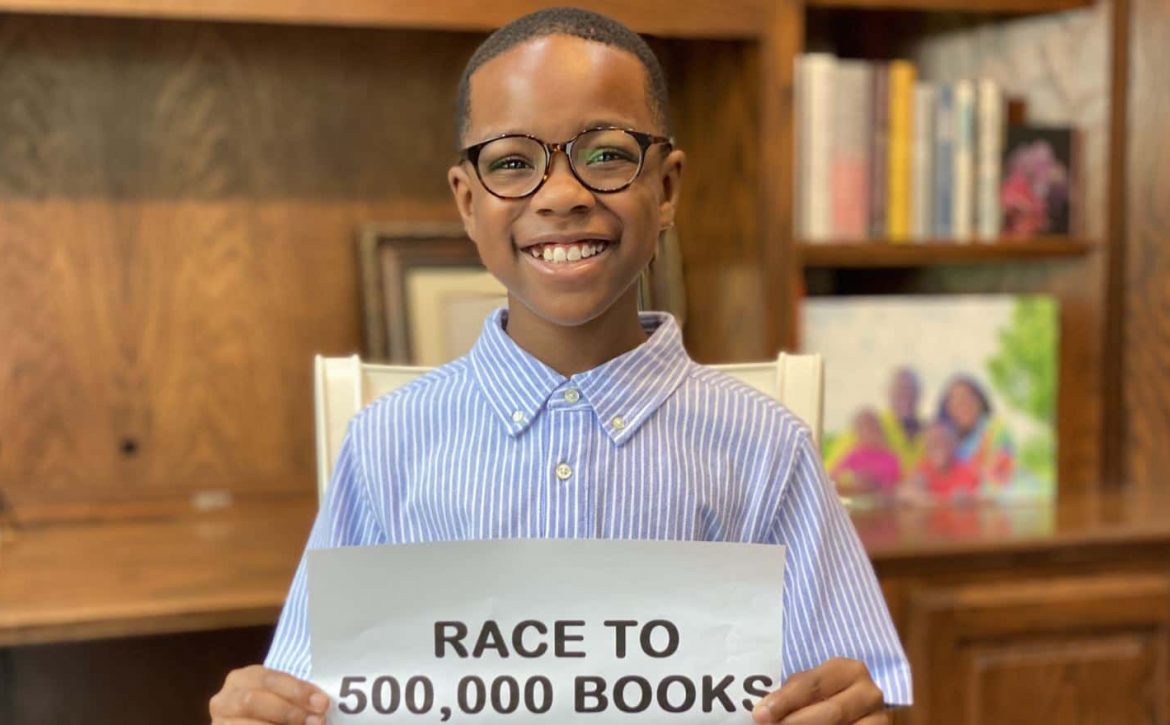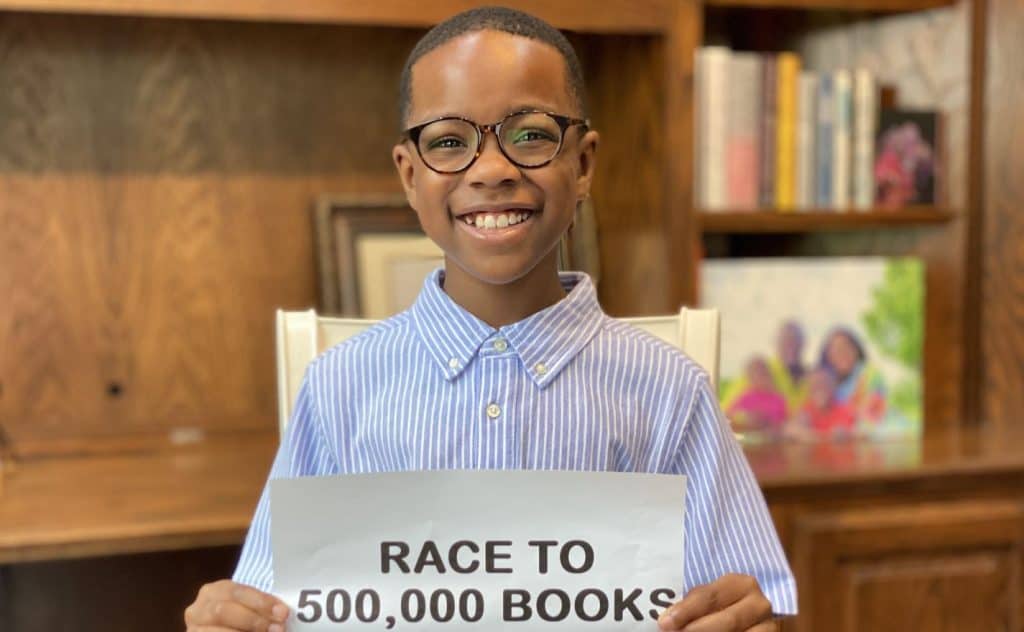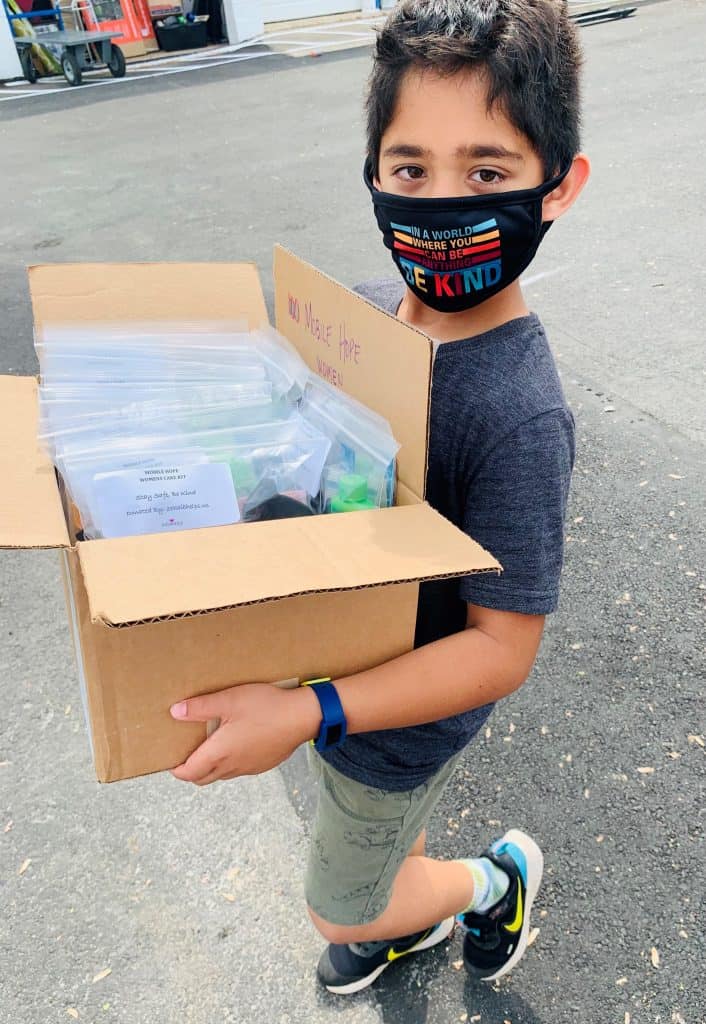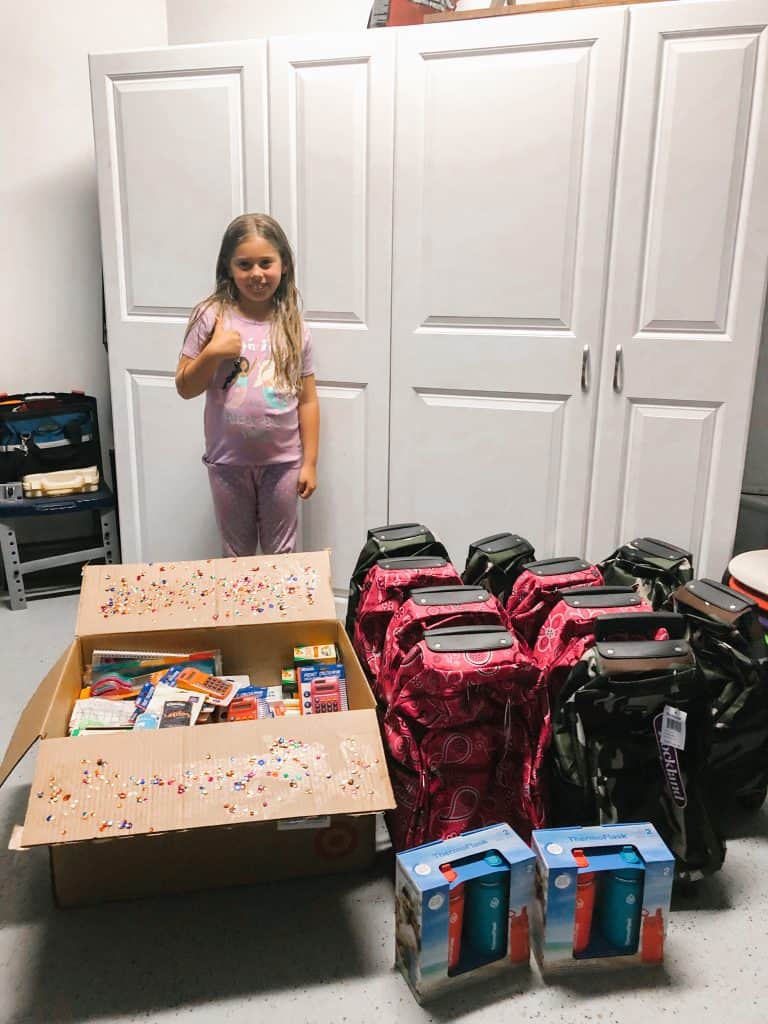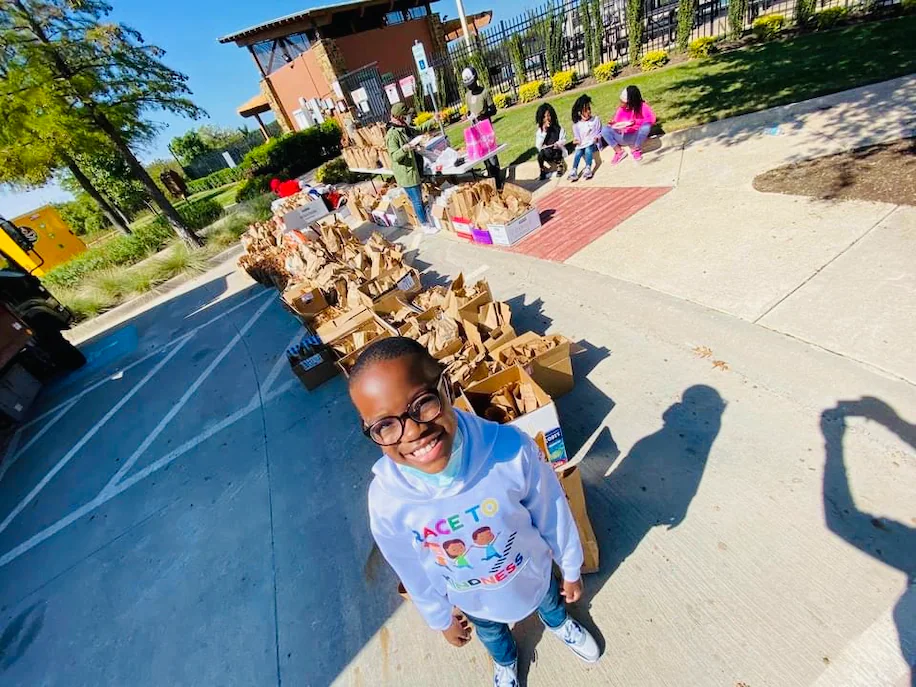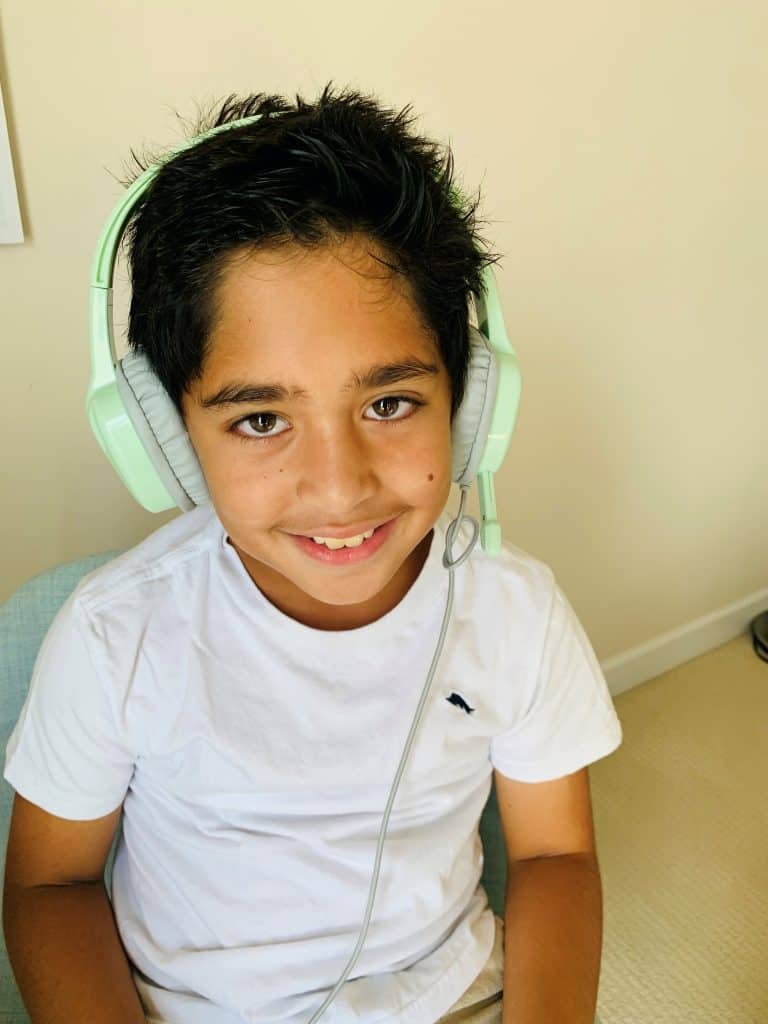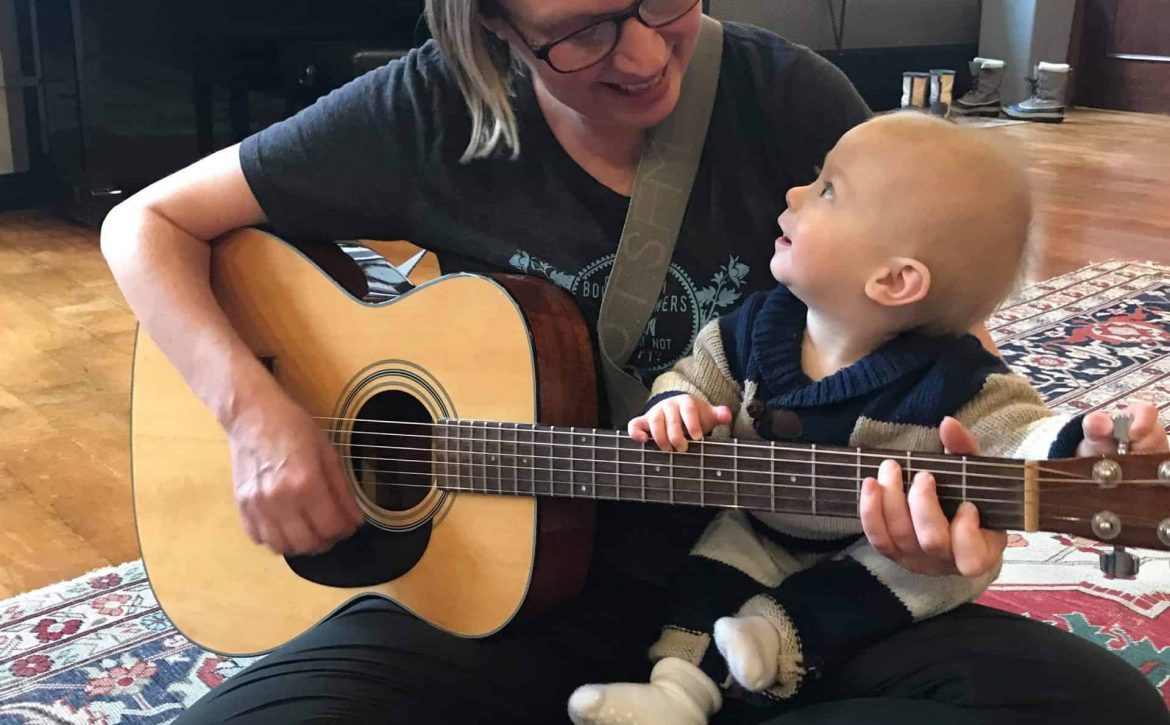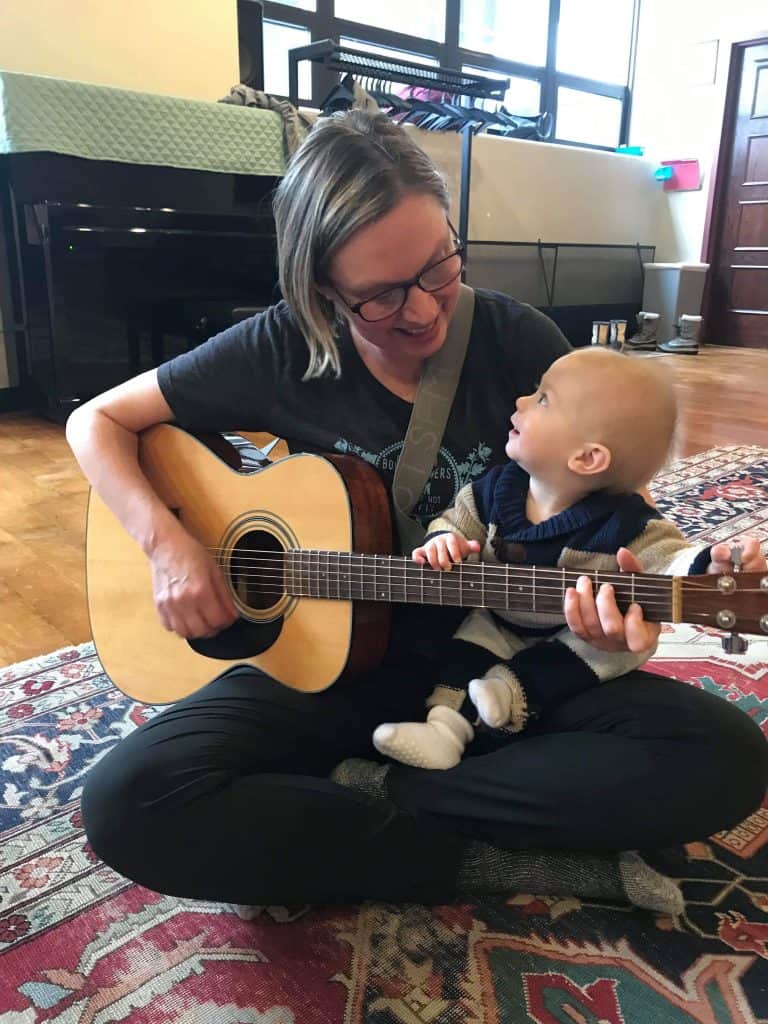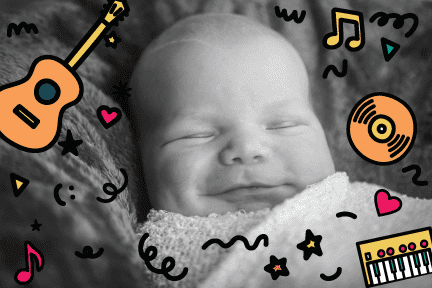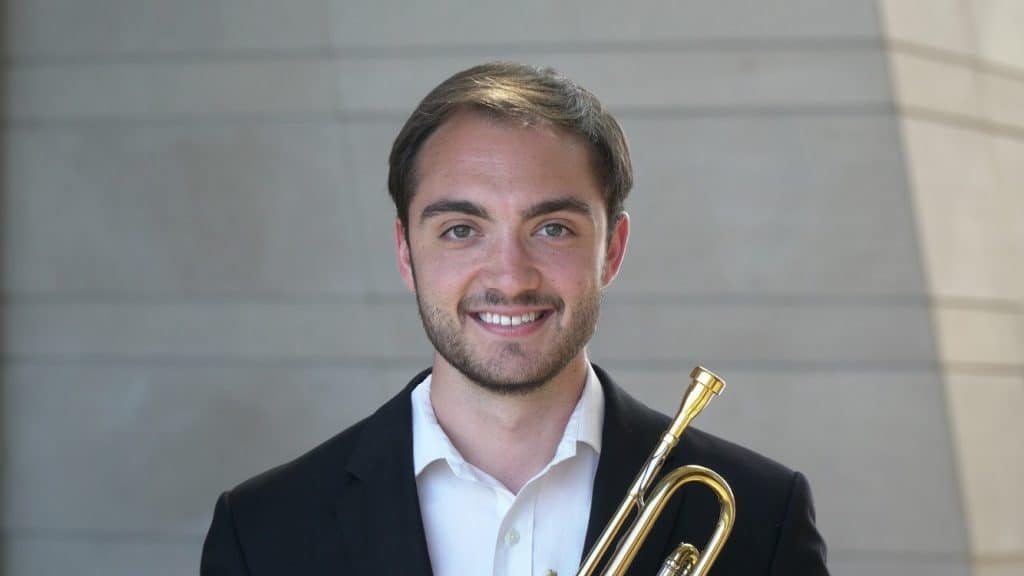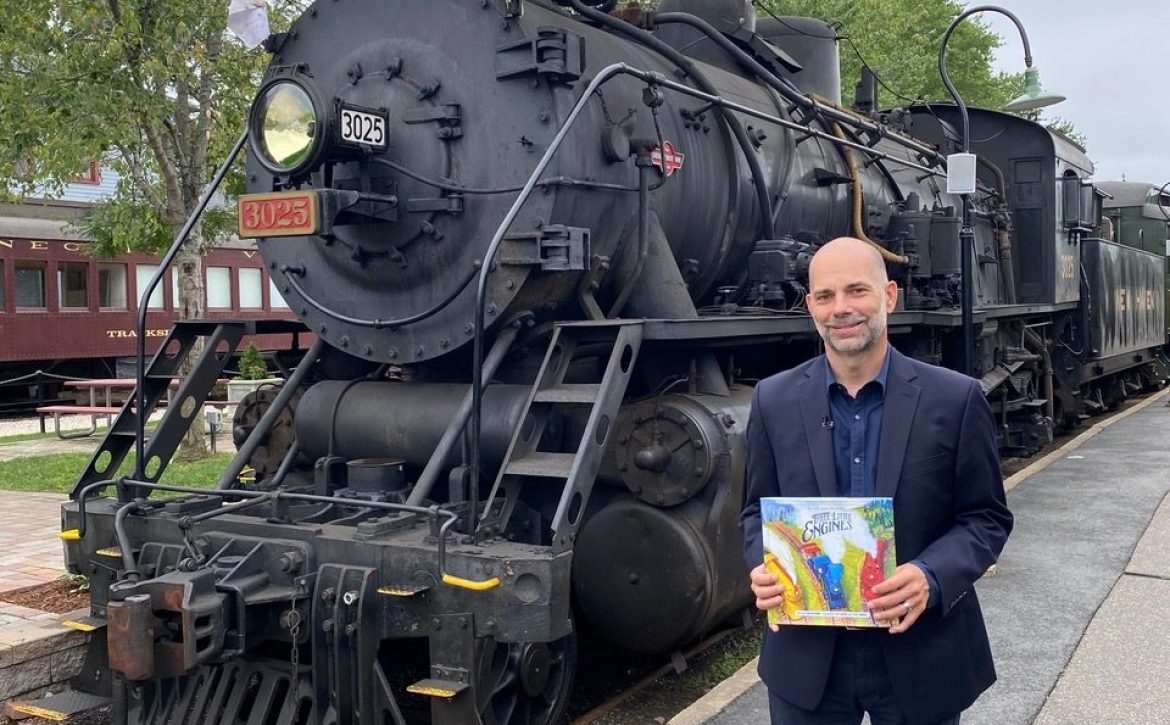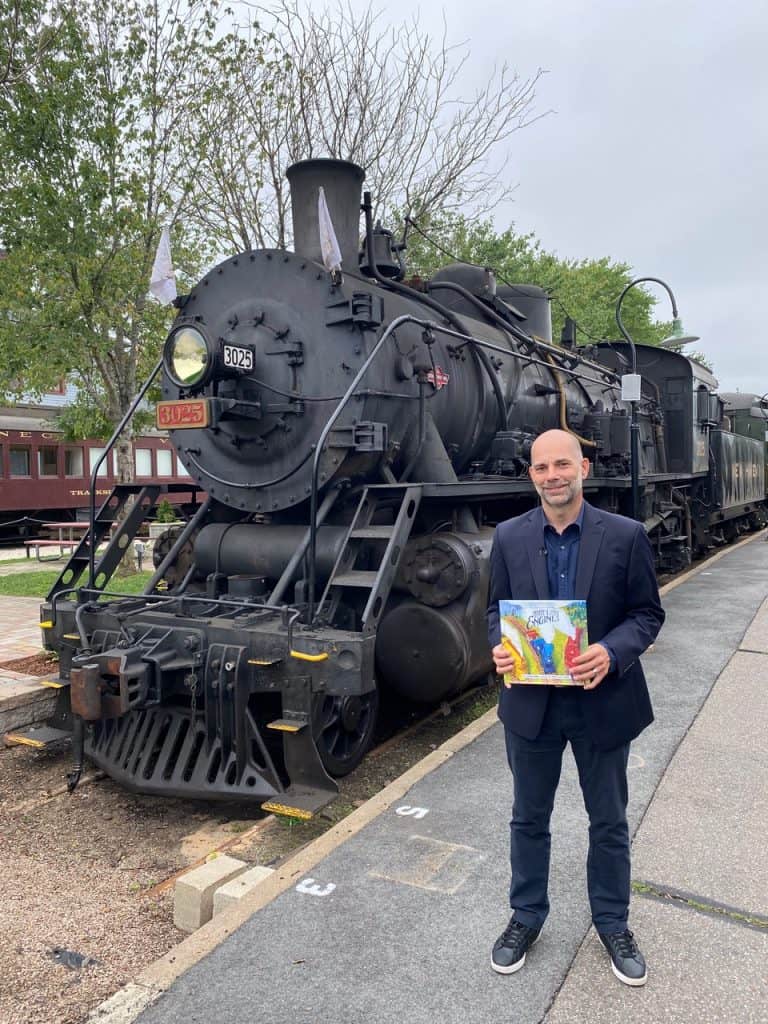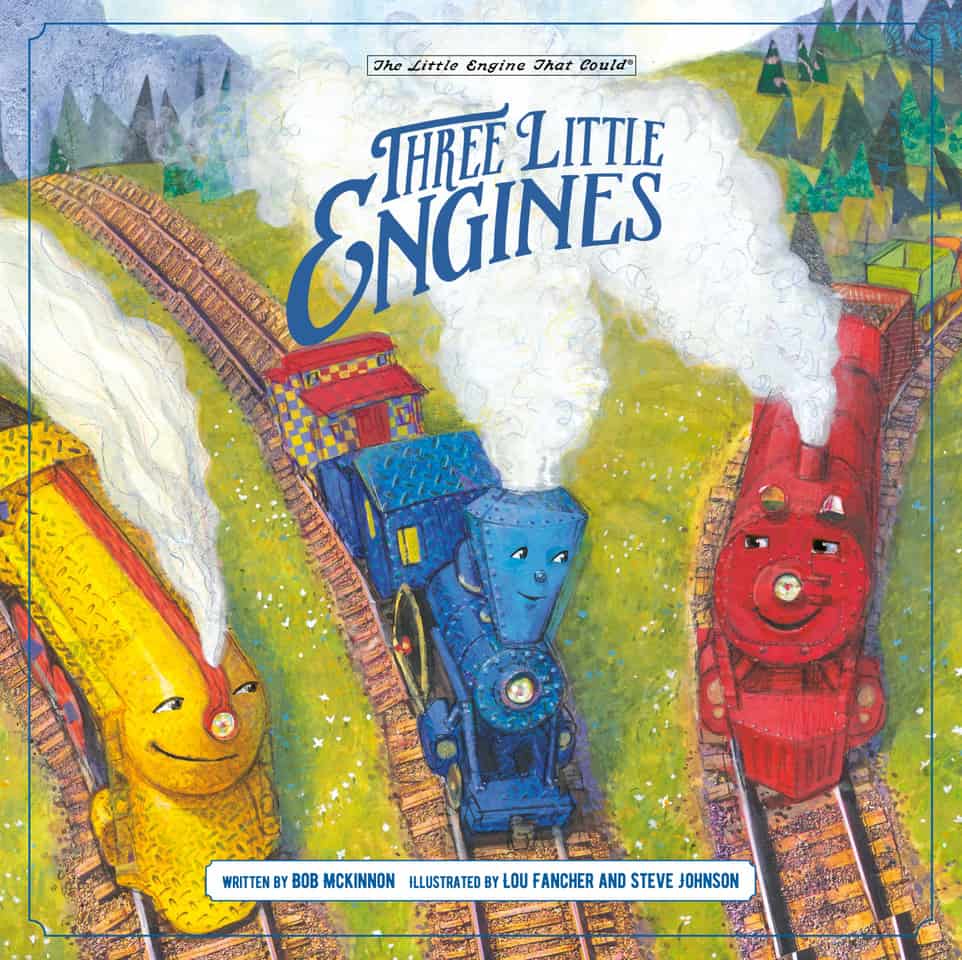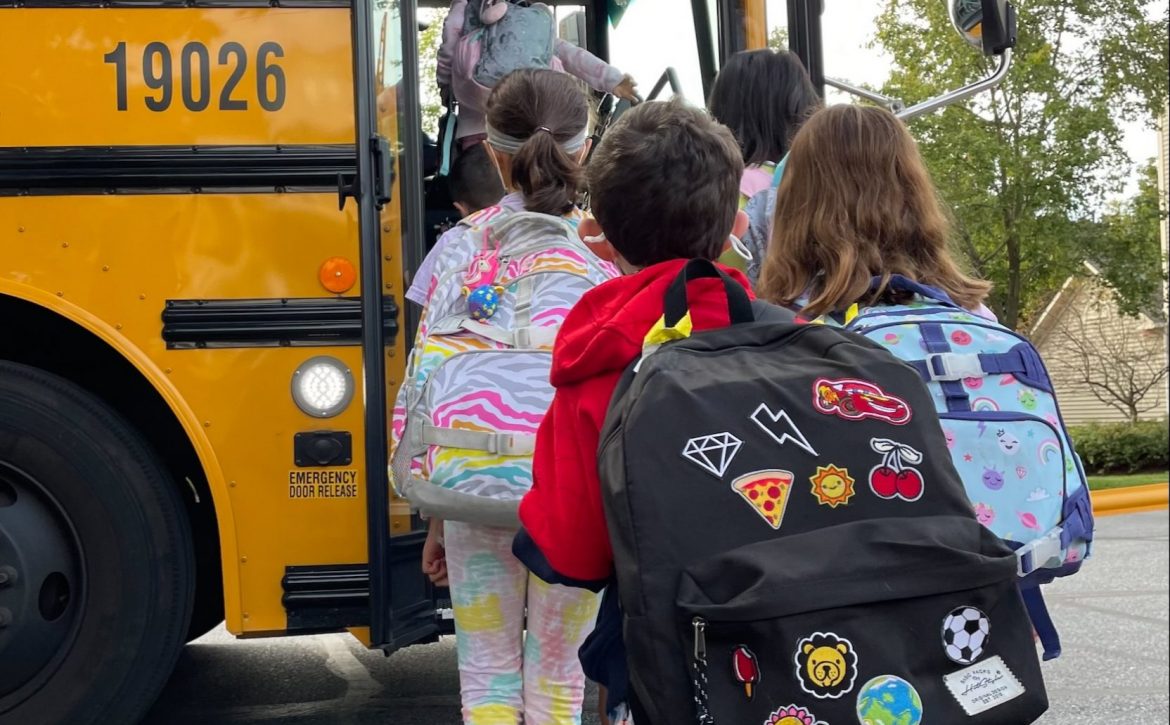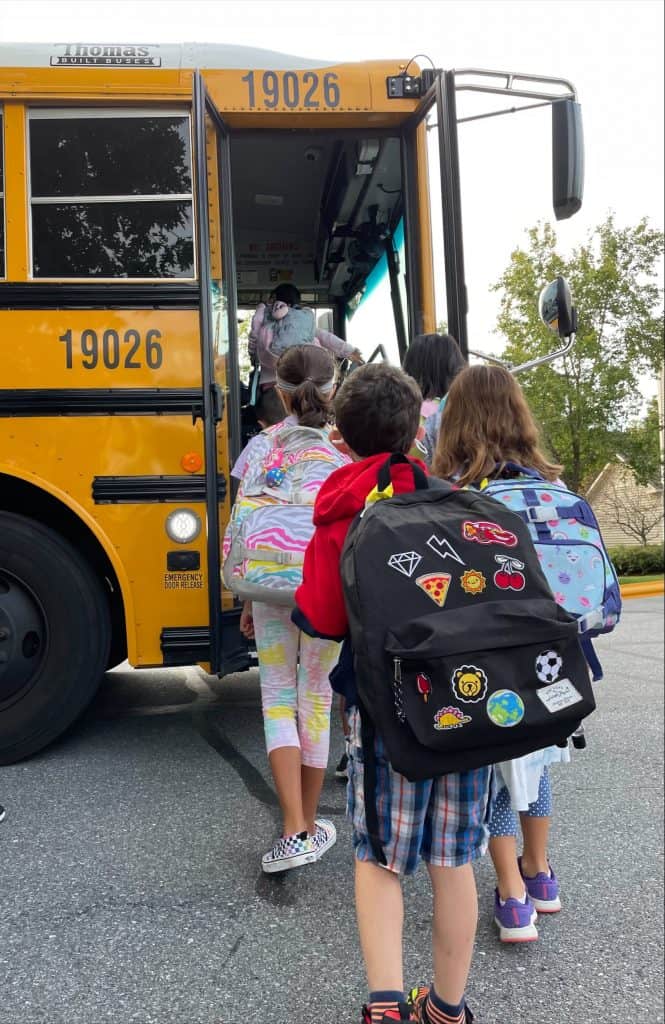Mapa Global de los Cuentos
Haga clic en un continente para visitarlo, leer su cuento popular y jugar con las actividades.
Como maestra de preescolar y luego líder escolar, trabajé en una comunidad verdaderamente global. Un año, tuvimos siete idiomas diferentes representados en una clase de catorce estudiantes. Si bien esto presentó algunos desafíos de comunicación, la experiencia general fue una gran oportunidad de aprendizaje para todos. La mezcla de culturas, palabras, alimentos e ideas fue emocionante tanto para los niños como para los maestros.
La ciudadanía global es una GRAN idea para todos nosotros.
¿Cómo podemos hacer que estas ideas sean accesibles para nuestros hijos?
Los niños más pequeños, hasta aproximadamente los tres años, se concentran naturalmente en sí mismos. No tienen la capacidad cognitiva para reconocer que las personas pueden tener diferentes ideas, perspectivas, esperanzas y sueños. Incluso a esa tierna edad, y durante toda la niñez, exponer a los niños a personas y culturas de todo el mundo ayuda a cerrar esa brecha. Con el tiempo, los niños llegarán a comprender que existen múltiples formas de ver y experimentar el mundo, y que ninguna es la “correcta”.
Leer historias de todo el mundo es una forma de ayudar a los niños a comprender otros lugares, personas y culturas. Como parte de la unidad de Ciudadanía global de Big Heart World, hemos adaptado cuentos populares que se originaron en culturas de cada continente. Cada cuento nos enseña algo sobre las personas que contaron la historia originalmente. Léalos con su hijo, hable sobre los orígenes de la historia y disfrute de las actividades asociadas para ayudar a su hijo a convertirse en un ciudadano global.
